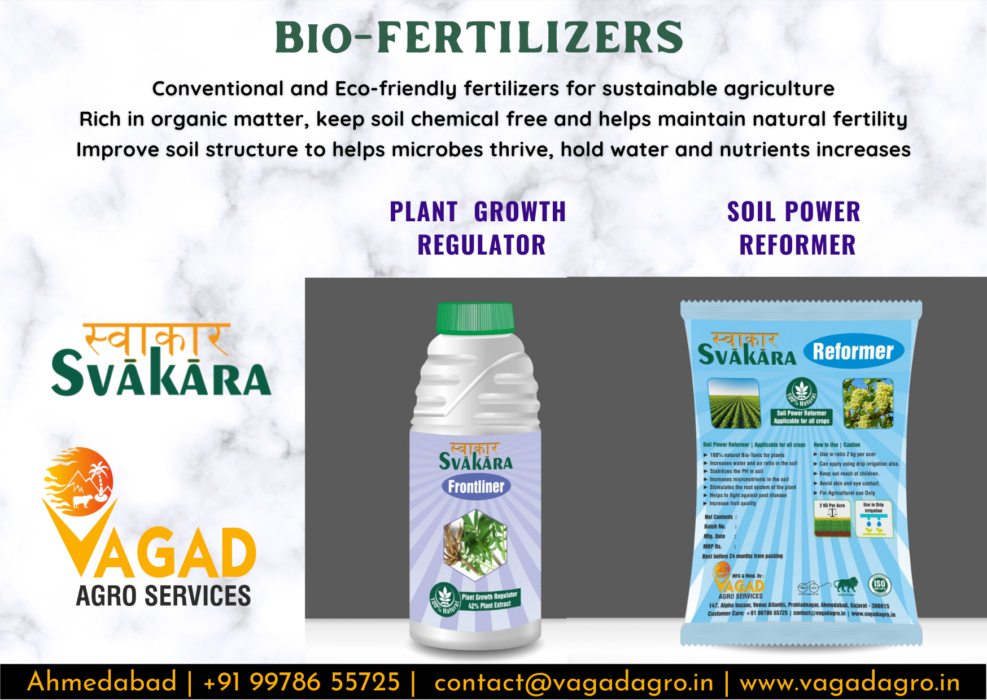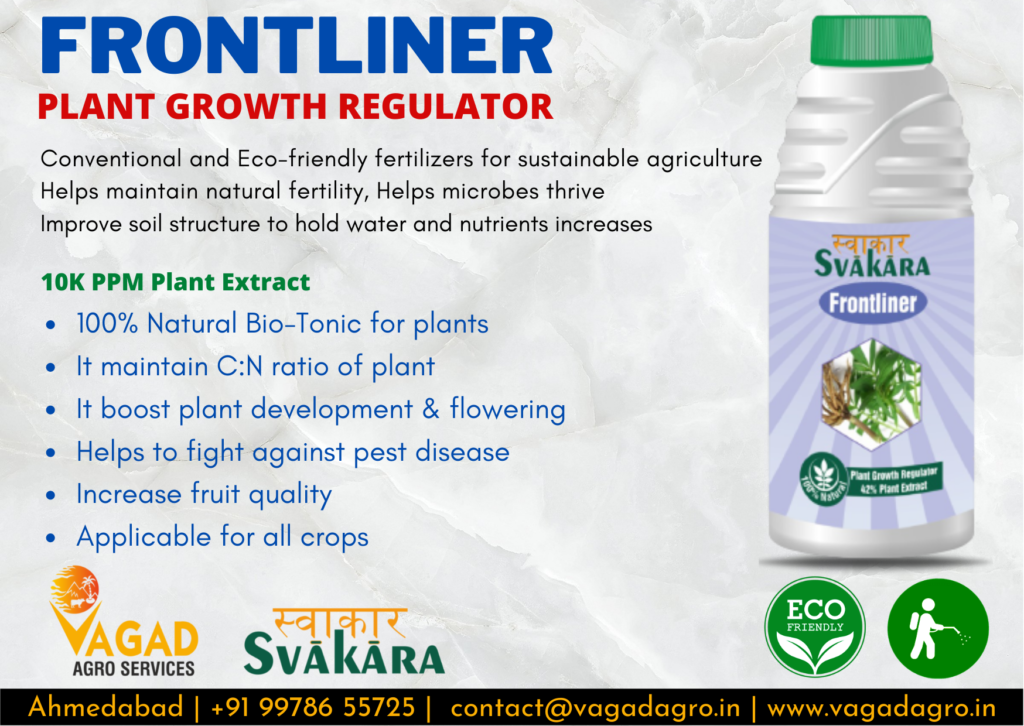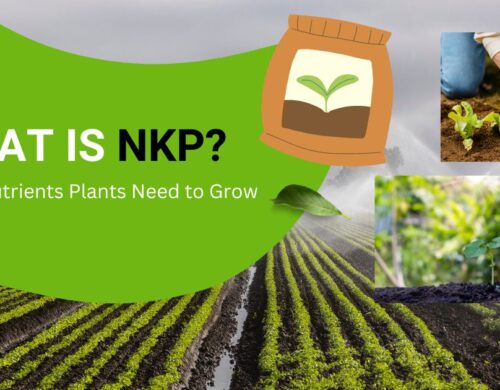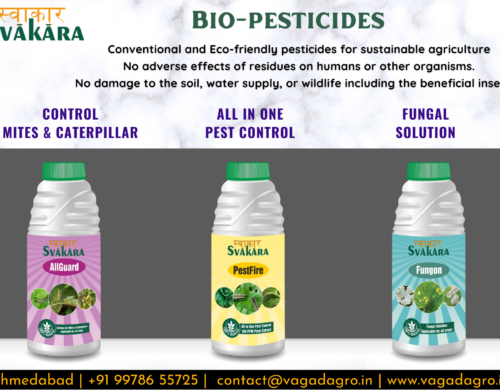
In today’s era, increasing agricultural productivity is like a challenge. This is also a big problem for agricultural scientists. Farmers use chemical fertilizers to get more yield in less time, but it is also having a bad effect on the quality of the soil. This is the reason that due to intensive farming, the deficiency of nutrients in the soil is gradually increasing. It is worth noting that to get an early harvest, most farmers put more quantity of chemical fertilizers in the field than the mentioned quantity. Therefore, the benefits of chemical fertilizers are decreasing and there is an adverse effect on soil health.
The main primary nutrients taken up by crops from the soil are nitrogen, phosphorus, and potash, of which nitrogen is used the most by the plant. 50-60% of these nutrients go to waste in the form of denitrification in the atmosphere or temporarily in the ground itself. In today’s conditions, the use of alternative sources of nitrogen is not only economically important, but it is necessary to maintain the fertility of the soil. In such a situation, the only option is to use biofertilizers. Read here more detailed About NPK, primary nutrients plant required to grow
What is Biofertilizer?
Biofertilizers are a group of specific types of bacteria that are given to plants in the form of liquid or compost. It changes the plants from the unavailable state to the available state in the soil. The use of organic fertilizers saves up to one-third of the number of chemical fertilizers. These nitrogen-supplying organic fertilizers are naturally found in small lumps in the roots of all pulse crops and soybean, groundnut, etc. Which, acting as a symbiosis, transports the nitrogen present in the atmosphere to the plants.
Types of Biofertilizers
Microfoss organic fertilizers
Such bacteria are included in this class of fertilizers, which can break down rock phosphate and insoluble phosphorus present in the soil make it soluble.
This increases the availability of phosphorus elements in plants.
Pseudomonas striata and Bacillus polymixa are the main among such bacteria.
Microphos biofertilizer
Plants sometimes show deficiency of phosphorus even if they grow in phosphorus-rich soil. This is because most of the phosphates are present in the soil in the form of immobile or bound forms. The plants absorb only available forms of phosphates. Microphos biofertilizer includes microorganisms which solubilize bound phosphate of rocks and soil to increase the availability of soluble phosphate to the plants.
Azotobacter Biofertilizer
They provide nitrogen to the plants by fixing atmospheric nitrogen in the soil by staying in an uncomfortable form with the plants. Azotobacter bacteria are prominent among them.
Rhizobium organic fertilizer
The Rhizobium bacteria present in this group of fertilizers take nitrogen from the air and provide it to the plants in the form of food. Different types of Rhizobium bacteria are found in different crops and their nitrogen binding capacity is also different.
Blue Green Algae Bio Fertilizer
Blue-green algae mainly grow under paddy. It absorbs nitrogen from the atmosphere and stores it in the soil. Therefore, it is the main means of obtaining nitrogen.
Advantages of Biofertilizer
- Biofertilizer is very cheap so all farmers can use them.
- By their use, the physical composition of the soil and its chemical properties, water holding capacity, ion exchange, and buffer capacity have a substantial improvement.
- Fixing 50 to 200 kg of available nitrogen per hectare of soil per hectare from atmospheric non-renewable nitrogen by bio-fertilizers.
- 15 to 37 and 12 to 21 percent more in vegetable crops treated by Azotobacter and Microphos biofertilizers respectively yield is obtained.
- In dry and rain-fed agriculture, using bio-fertilizers is more abundant than chemical bio-fertilizer no-fertilizer yield can be taken.
- With the use of organic fertilizers, apart from nitrogen and phosphorus, special types of hormones and vitamins are also available to the plants. It increases the germination capacity of seeds and plant growth.
- Biofertilizers secrete antibiotics. Therefore, they act as bio-pesticides.
- Their use does not cause atmospheric pollution and they do not have a toxic effect on land and human health.
Uses of Bio-Fertilizer
Treat seeds with biofertilizers
The best treatment for the seed is to apply jaggery liquid with water. This is the easiest and best method of using organic fertilizers. In this method, by mixing about 100 grams of jaggery in one liter of water, boil it well and make a solution. When this solution cools down, a fine light layer is applied to the seeds evenly. After this, it is advisable to sow the seeds immediately after drying in a shady place.
Seedling root treatment method
This method is used in rice and vegetable crops. In this method, the roots of plants are treated with organic fertilizers, for this one kg of organic bio-fertilizer is mixed in 5-7 liters of water in a pot or bucket. After uprooting the plants from the nursery, after cleaning the soil, 50-100 saplings are tied in bundles and kept submerged for 10 minutes. Only after this is the printing done. It is advisable to do this work in the evening.
Bulb treatment method
This method is done in crops sown by tuber-like potato, ginger. One kilogram of organic fertilizer is dissolved in 20-30 liters of water and mixed. After keeping these tubers immersed in the solution for 10 minutes, they are used for sowing.
Soil treatment method
For soil treatment, 4-6 kg of organic fertilizer is mixed with compost or decomposed cow dung. Then add this mixture to the field at the time of the last plowing. It can also be used in standing crops, for this, mix the culture in compost and spread it near the roots of the plants. Keep in mind that it is necessary to keep moisture in the field.
Precautions in the use of biofertilizers
Organic fertilizers should be stored away from sunlight or heat and the culture packet should be opened only at the time of use.
Biofertilizer should be used in crops only in the evening or during low temperatures during the day.
No chemical fungicide or bactericide should be used for 5-10 days before or after using Biofertilizer.
While buying organic fertilizers, carefully check the name of the fertilizer, date of manufacture, and the name of the crop. Do not use organic fertilizer after the expiry date.
Why choose Bio-Fertilizers?
- More effective than chemical fertilizers
- Balanced and cheap, which can be used by the poorest of the poor farmers.
- Increase the availability of nitrogen and phosphorous elements to plants at less cost.
- Some special hormones and vitamins are also made available to plants, which helps in seed germination, root development, and plant growth.
- Do not cause atmospheric pollution and do not have a toxic effect on soil and human health. In addition, chemical fertilizers and pesticides lead to the loss of soil elements.
- According to soil experts, due to intensive production, important micronutrients like zinc, copper, manganese, magnesium, and boron, etc
Due to the use of pesticides, their toxic parts are also found in food items like grains, fruits, vegetables, milk, water and meat, and fish, etc. If insecticides reach the body, it has fatal consequences.
Top Bio-Fertilizers
Below are some popular bio-fertilizers applicable for all vegetables and fruits plants made from 100% plant extracts.
1. Reformer

2. Frontliner

Kalpesh Pathak
Related Posts

NPK: Primary Nutrients Plants Need to Grow, The Complete Guide
A fertilizer is a substance, either natural or man-made, that is used to provide essential nutrients to plants. It can be applied to the soil...

Bio-Pesticides Types, Advantages and Usage
What is Biopesticide? The micro-organism is used in pest control, weed control, and disease control. The use of Microorganism in Insect...
